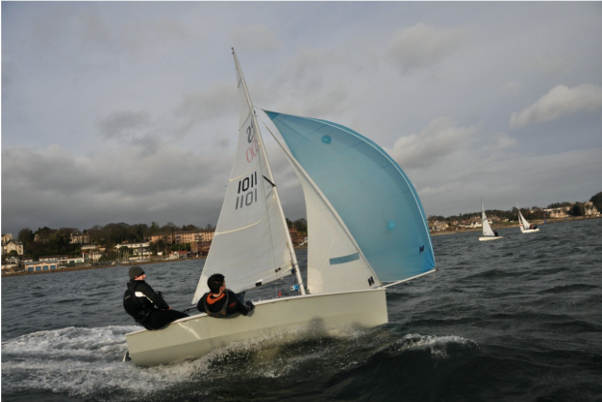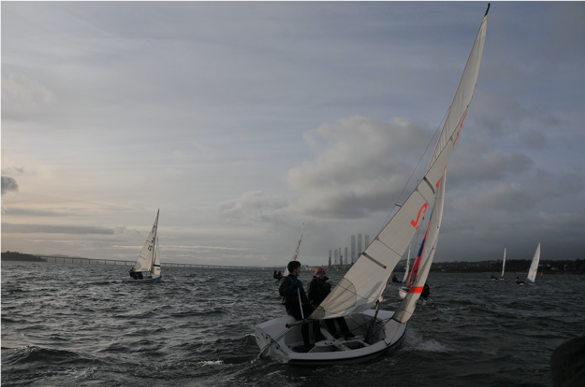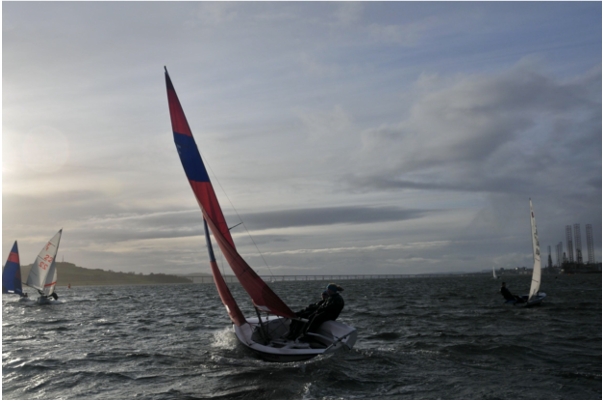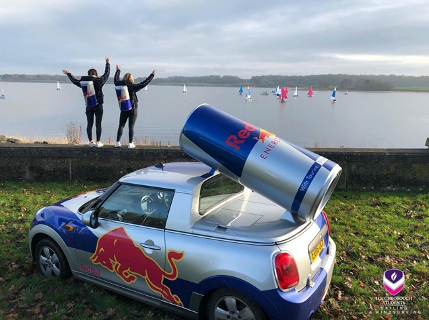Ten Minute Guide to Social Media Strategy
Introduction
There are a whole host of reasons to use social media as a university sailing club, from building your brand, acquiring funding and communicating with your members all the way through to just getting some sweet, sweet likes. Using social media effectively though is something of an art, too much of one medium and you risk getting ignored, but too little and it is much harder to build that brand. Then add in the range of platforms available and it is easy to become a little overwhelmed. In the following guide we will be avoiding specific things to do on specific platforms as by the time this reaches our website it will already be outdated in all likelihood, but instead we will talk about a few general things to keep in mind and a couple of non-social media communication strategies which can tie in to your overall thinking.
Why use social media?
A lot of what social media is used for is branding. Specifically expanding the influence of your brand to your local area, the sailing world in general and your university. If you’re lucky and good then this may even reach national organisations which can help out with kit/ sponsorship or similar. All these areas are also a source of potential new members, with each new intake of first years as well as recruiting those who might want to give sailing a try, or even sailors who haven’t joined the club yet. So as part of this it is worth having a think about what your “brand” is:
What are you selling with each post/ tweet/ story etc.? How do we achieve this?
Then try to keep the themes and the look or feel of your posts reasonably consistent throughout the process. (There are plenty of online software that can help create cover photos etc. - Canva is a great one!)
Social media can also be used to communicate with your existing membership base. So if you are organising a social, then having communications specifically targeted at your membership is very useful, that way everyone knows what the plan is.
This hits on one of the challenges of social media, who you are communicating with. Most clubs and organisations therefore split things up, with closed groups/ email lists/ group chats which go straight to members and can’t be seen by the outside world, then the public pages/ handles/ stories which are available for public consumption. So before you plan any kind of social media post, have a think about whom you are looking to talk to. Maybe the world doesn’t need to know about the specifics of your Wednesday evening social, but your members do. Equally, maybe the rest of the sailing world would be interested to see a picture of what the theory session looked like while it was happening, even if they didn’t attend. Similarly, aspiring members may wonder what the committee’s like and how it functions. So get researching and make use of all the functionalities of our technology!
From this plan of whom you are going to communicate with, then make sure each communication is consistent. So if your club has a logo, make sure it is included, at the same quality, maybe even in the same place in each post. If you are using hashtags with a series of posts about beginners sailing, then keep the same hashtag from the first post to the last. This generally means that only a handful of committee members have access to the social media platforms as the club to post, so do make sure everyone is on the same page once they have this access.
Social media strategy
So you have an idea of whom you want to be communicating with, now an idea of when you are communicating would be a good plan. Time of day as well as day of the week will affect the ”reach” of each post, so it is worth doing some research about when you might want to post to maximise your impact.
Often people will engage more in the evenings when they’re not working, but during the weekend of a major sailing event, non-competitors will want to know how their friends and team are getting on, regardless of the time of day. So make sure to organise sharing live updates of how the teams you are supposed to be covering are doing - if you are sailing, perhaps delegating might be a good idea! Also remember, if you are organising an event, the reach of your event expands massively with a dedicated social media team.
Timing is key
If you have an event coming up, then letting people know about it early is important, but regular reminders which increase in frequency as you get closer to the event date might be needed to keep the interest/ momentum going. Say you are running a team racing event; telling people early will be critical, but reminding people about it regularly will also help keep entries fresh in other clubs’ heads.
Equally, you probably don’t need to be posting on all platforms every day, or you are in danger of people ignoring you. So a plan is vital, and also ensures you’re not over-posting.
There are a huge number of different ways to organise a social media strategy such as coming up with a color-coded calendar which includes all the events of the region/ events your club members are attending/ events your members are attending, and in which you decide what to post, when, and on what platform. You can also set up take-overs well in advance. Finding what works for you and your club is important.
Having a plan also means you can schedule posts, which some platforms allow you to do automatically, while others require using programs such as TweetDeck to do it for you. Do a little research and find what works for you.
Example of consistency in cover photos for the SSS Qualifiers 2019-2020 Facebook Events
Social media content
Content is important. People tend to engage with pictures more and with legible, aired-out content. Before consistency, you should ensure that your content is aesthetically pleasing and is grammatically correct! Adding emojis, line-breaks, keeping posts succinct, and concise is crucial.
Tagging specific members and pages in things might be a good way to remind them about upcoming events. If you aim to target larger audiences, tagging external organisations is vital; they need to be kept up to date with what your club is doing. For example, the RYA regional Facebook pages often share things that are happening at clubs in their regions. Similarly hashtags and keeping up with national / regional campaigns are another way to expand your reach, which might be perfect for when you really want that amazing sunset sailing photo you took to be used to recruit new members.
Remember, if you want people who are interested to engage with you then make sure the information you are handing out is up to date. Many club websites are built and then left to be, potentially for years, meaning it is very hard to follow up with a club if you are a prospective member, or an alumnus. This is an issue that many clubs face and it is critical you get on top of it! And don’t be alarmed, it’s easier than you think. Blog posts can be a great way to keep your website alive and up to date!
Please also remember that all posts are seen widely, even beyond your membership so think about how your wording will be perceived before you post.
 |  |  |
Always remember to caption the images you use and credit the photographer - i.e. PC: C. Valluy - SSS Fleets 202


